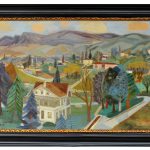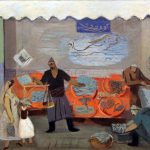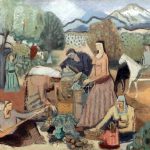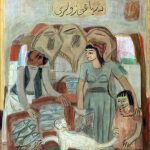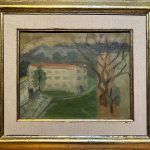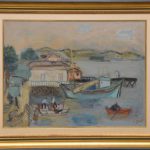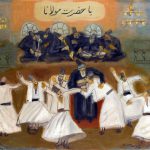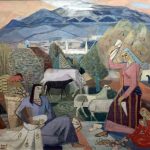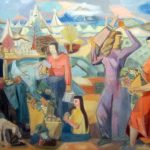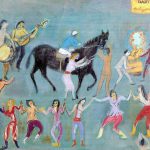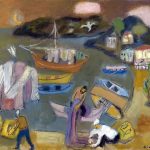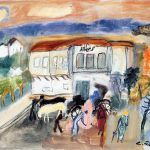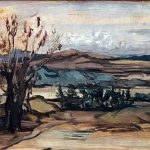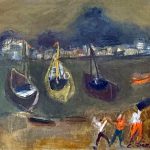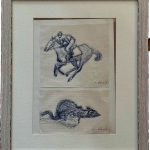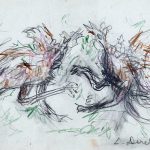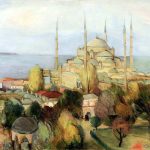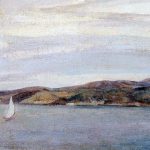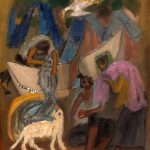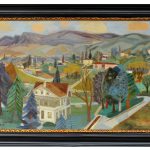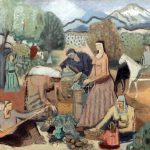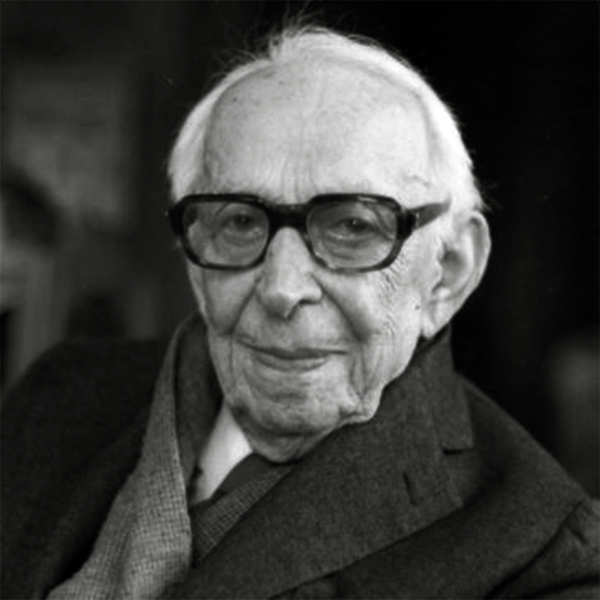
Who is Cevat Hamit Dereli? (1900 Rize – 1989 Istanbul)
Who is Cevat Hamdi Dereli, who made constructivist, cubic and geometric paintings after the impressionist influences in his first paintings? Why did he turn to daily life scenes? Here is the intriguing life story of Cevat Hamdi Dereli.
Cevat Hamit Dereli, who met Nazmi Ziya Güran during his student years, entered Sanayi-i Nefise Mektebi (Fine Arts Academy) with his encouragement; He worked in the workshops of Hikmet Onat and İbrahim Çallı. While he was a student, he participated in the exhibitions of the Turkish Painters Society. He founded the New Painting Society with his friends and contributed works to his first exhibition.
The artist, who worked with Paul-Albert Laurens at the Julian Academy between 1924 and 1928, was appointed as an assistant teacher in the Nazmi Ziya Güran workshop at the Academy when he returned home in 1928.
He left the Academy in 1932 and worked as a designer at the Faculty of Medicine. He returned to the Academy in 1939 and became İbrahim Çallı’s assistant. He participated in the Ankara 1st Young Painters Exhibition and was among the founders of the Independent Painters and Sculptors Union.
Cevat Hamit Dereli participated in the State Painting and Sculpture Exhibitions, d Group exhibitions, many exhibitions at home and abroad, and the Venice and Tehran Biennials; He received an award at the State Painting and Sculpture Exhibition. The painter, who went to Sinop as part of the CHP Homeland Tours in 1939, submitted a work to the painting competition on “work and production” opened by Yapı Kredi Bank.
He received the Sedat Simavi Foundation Art Award in 1977. Dereli, who opened four personal exhibitions between 1977 and 1980, painted constructivist, cubic and geometric paintings after the impressionist influences in his first paintings.
The main subject of Dereli's works until the mid-1940s was landscapes. There are traces of traditional depiction art in the schematized human and animal figures that he started making towards the 1950s.
The artist gradually moved away from his interest in forms occupying space and turned towards scenes of daily life. He handled his subject repertoire full of fishermen, domestic conversations, coffeehouses, weddings, carriage rides, streets, sailboats, beaches, Mevlevis and landscapes with a soft, flexible, humorous, happy and poetic approach.
